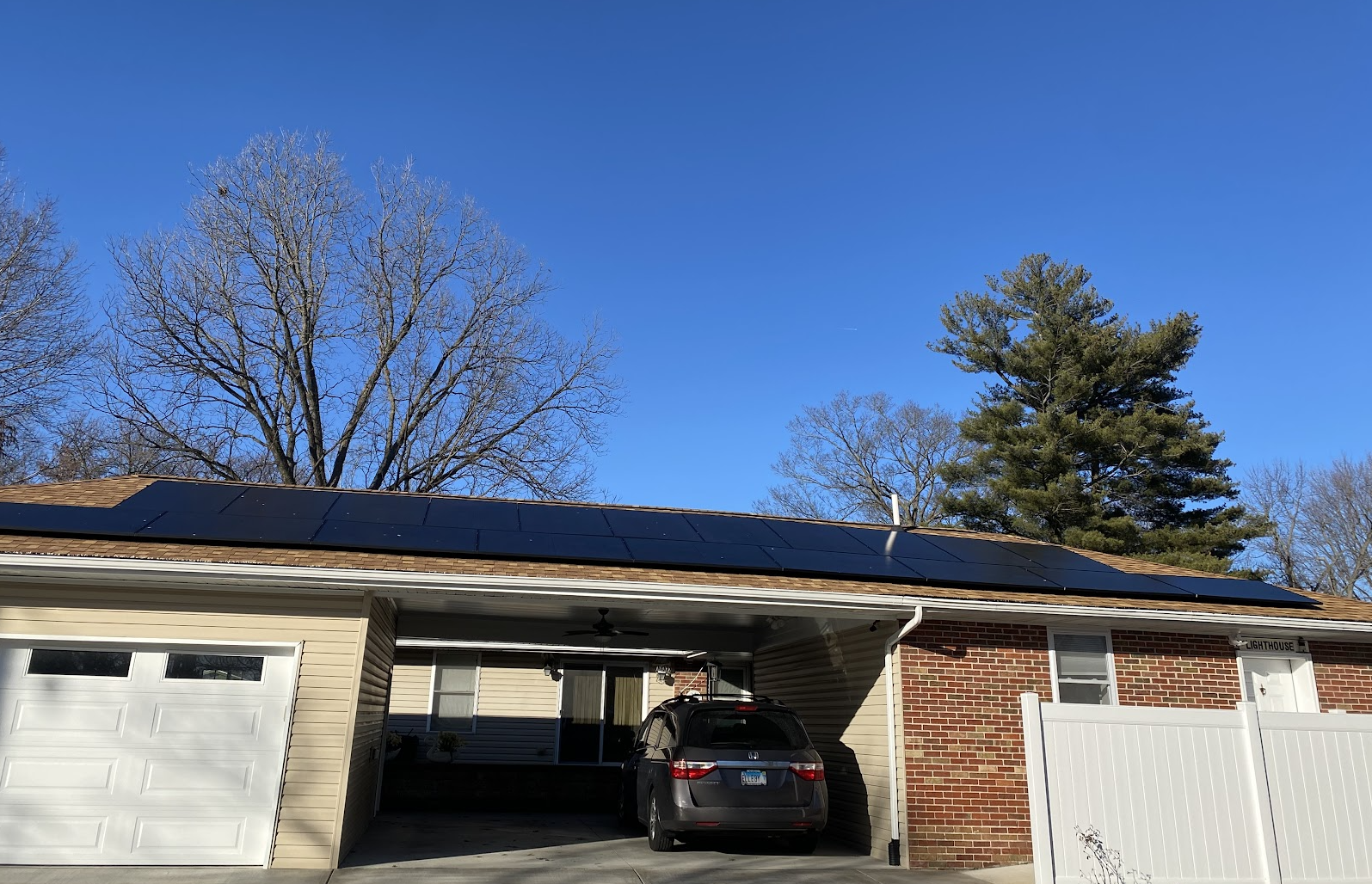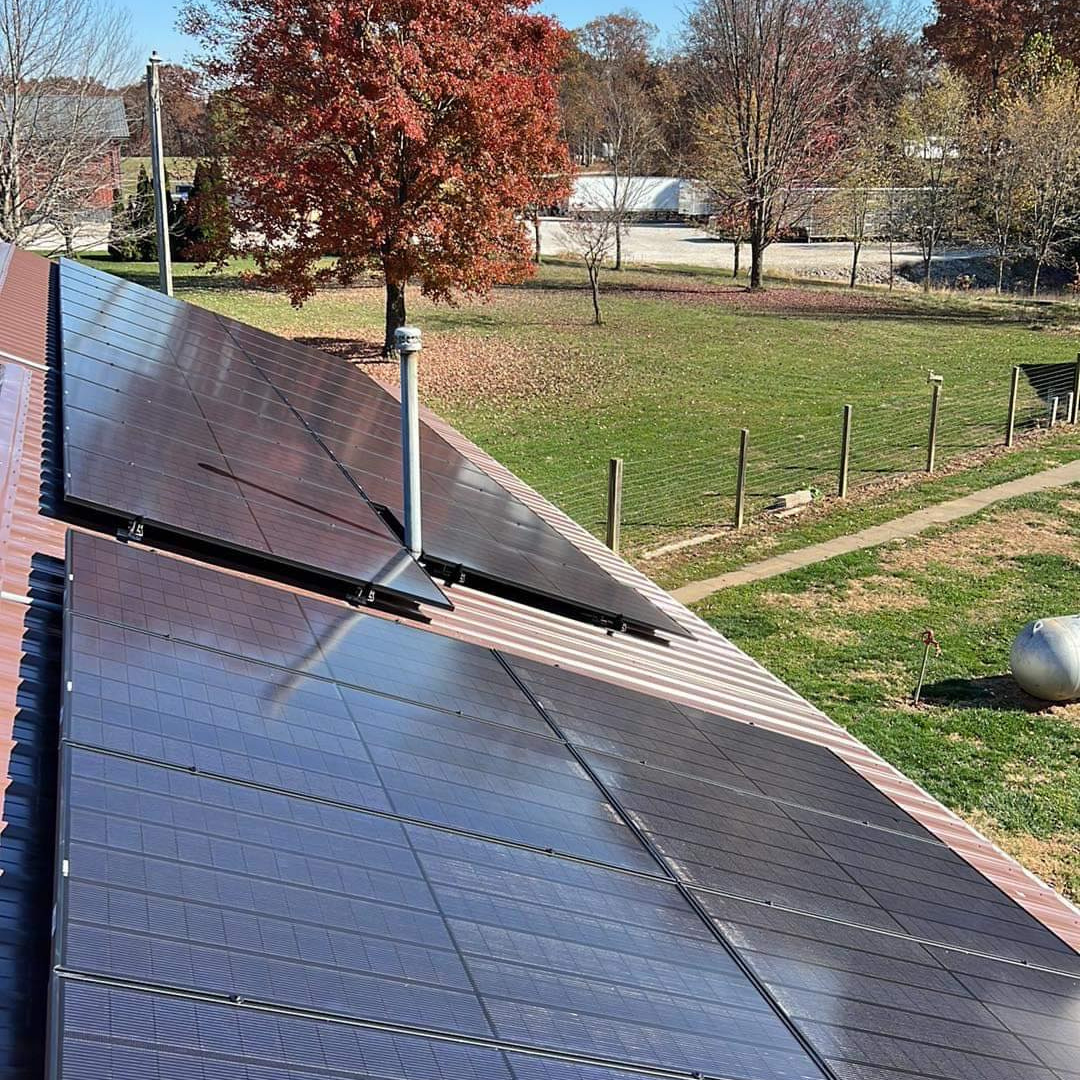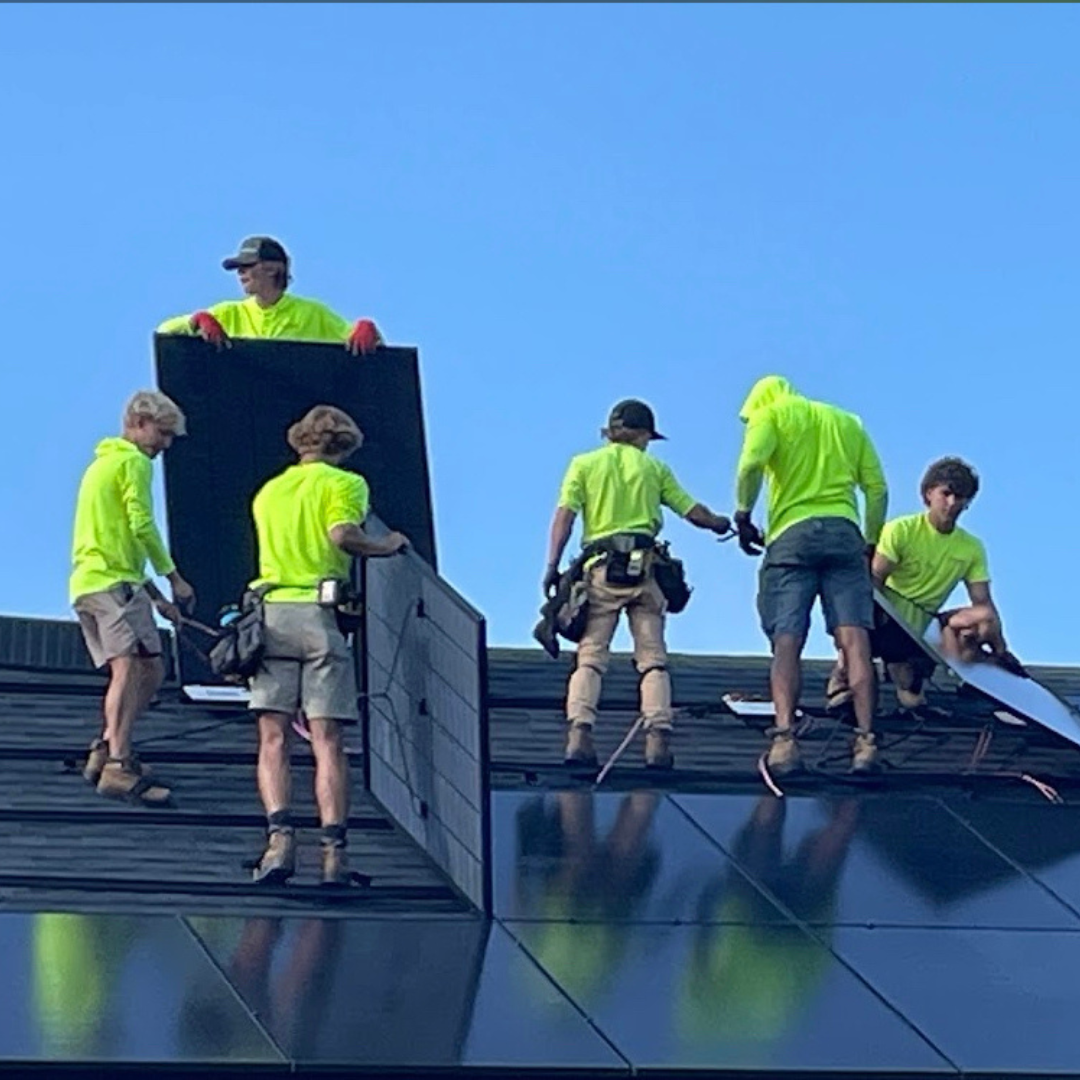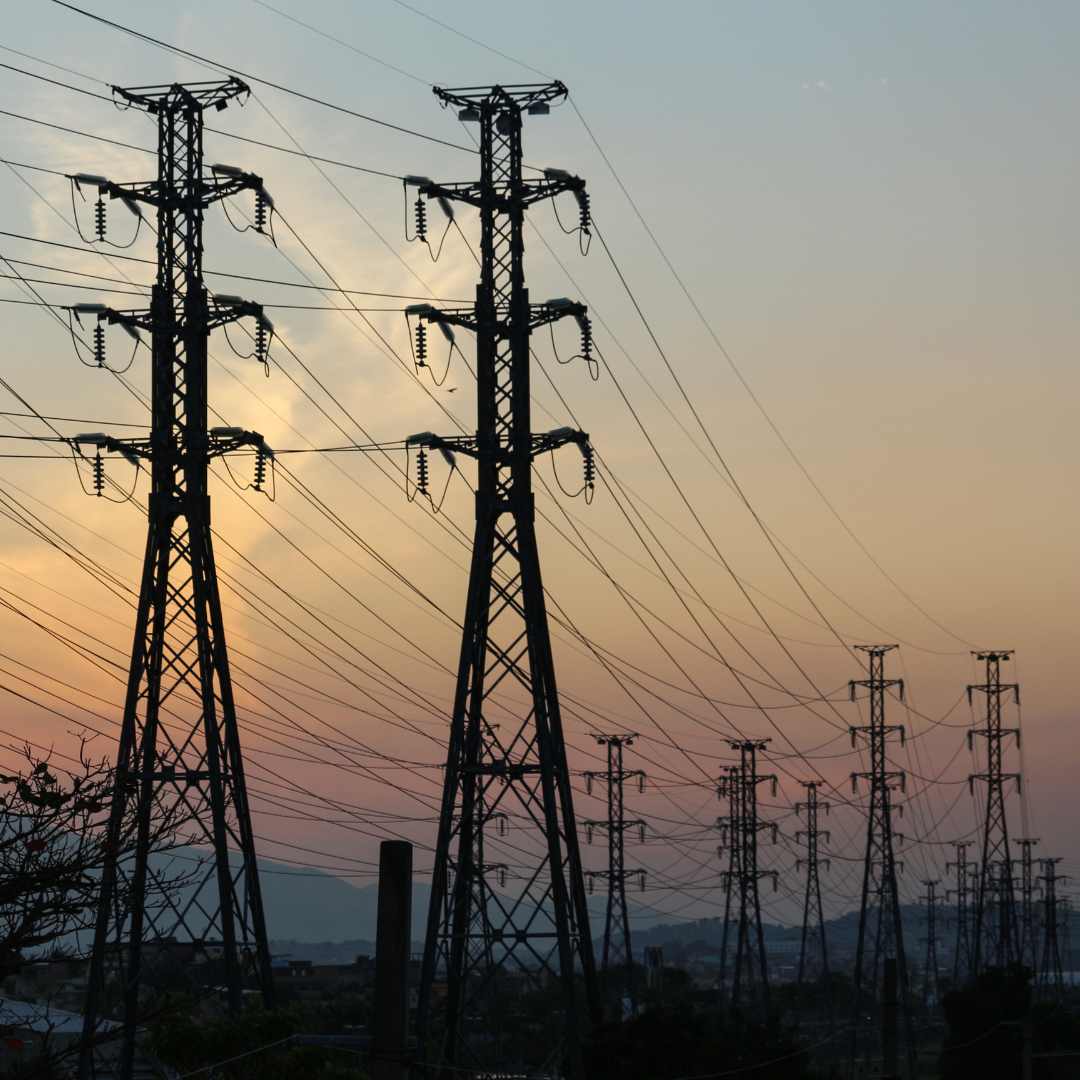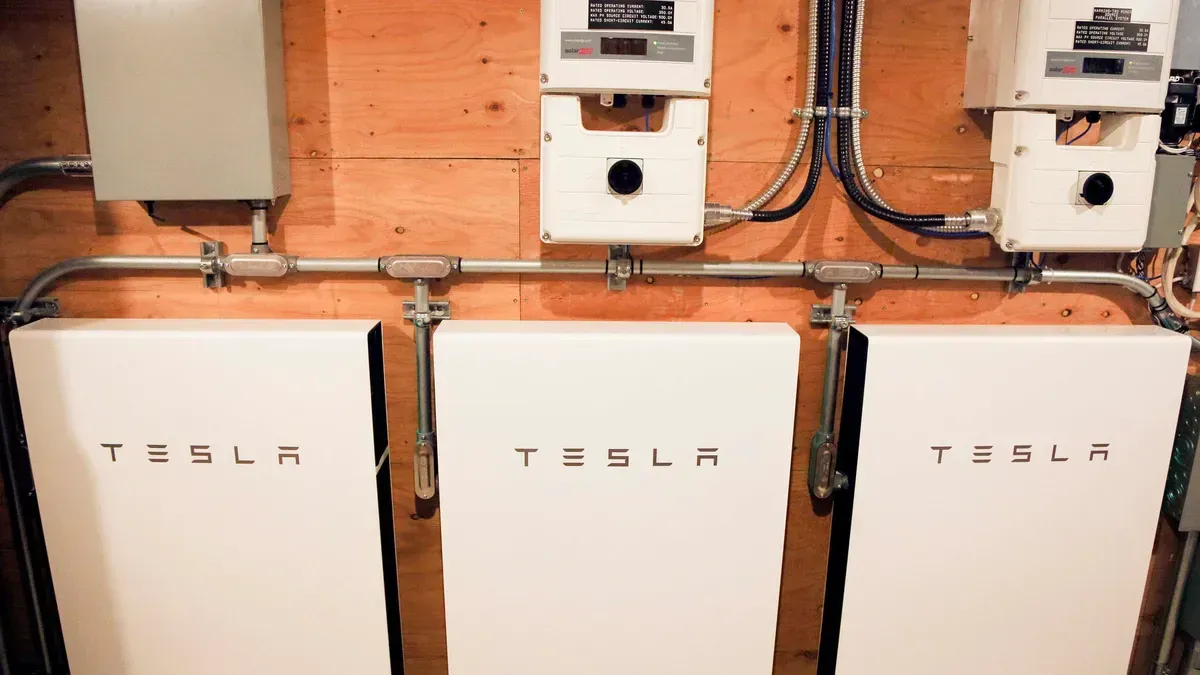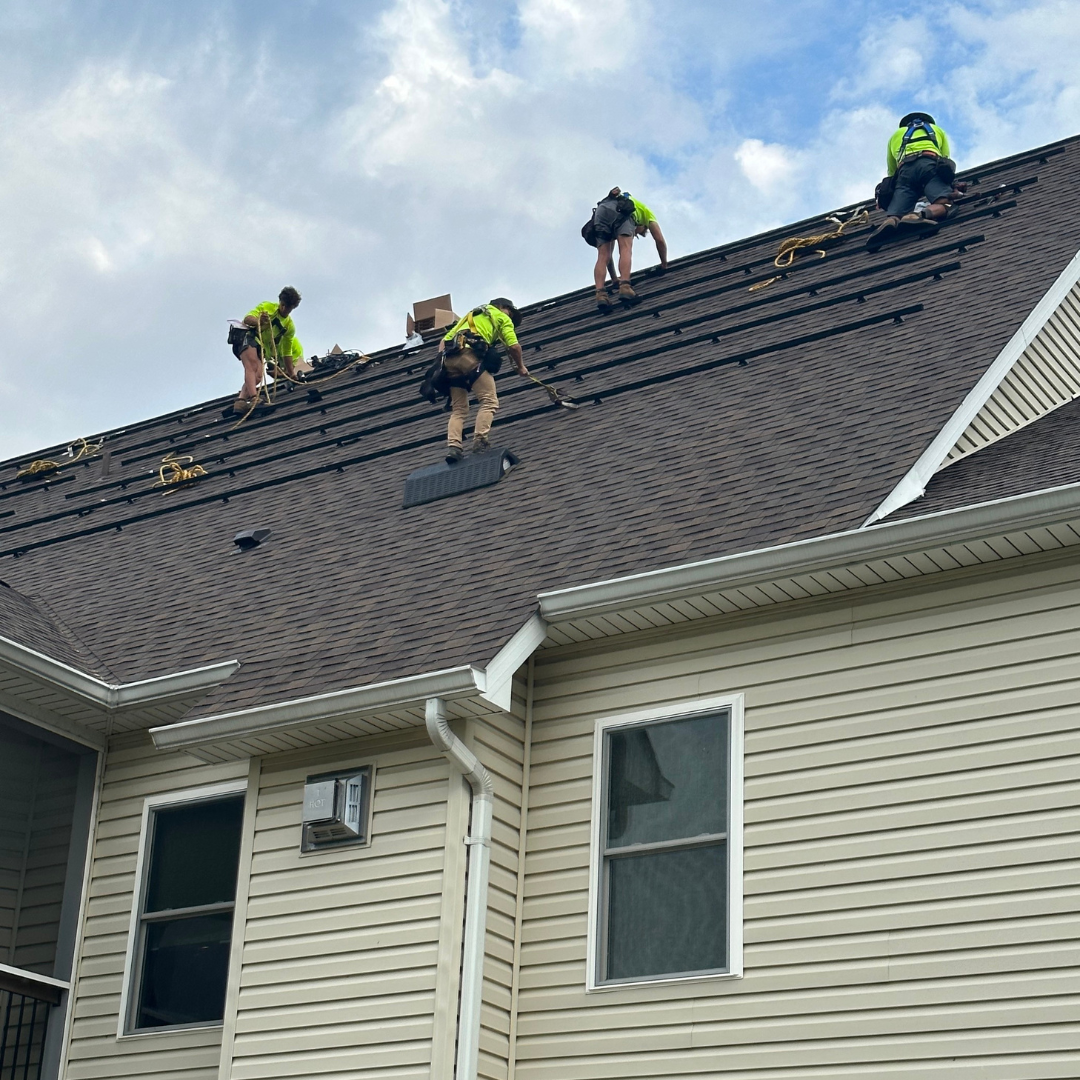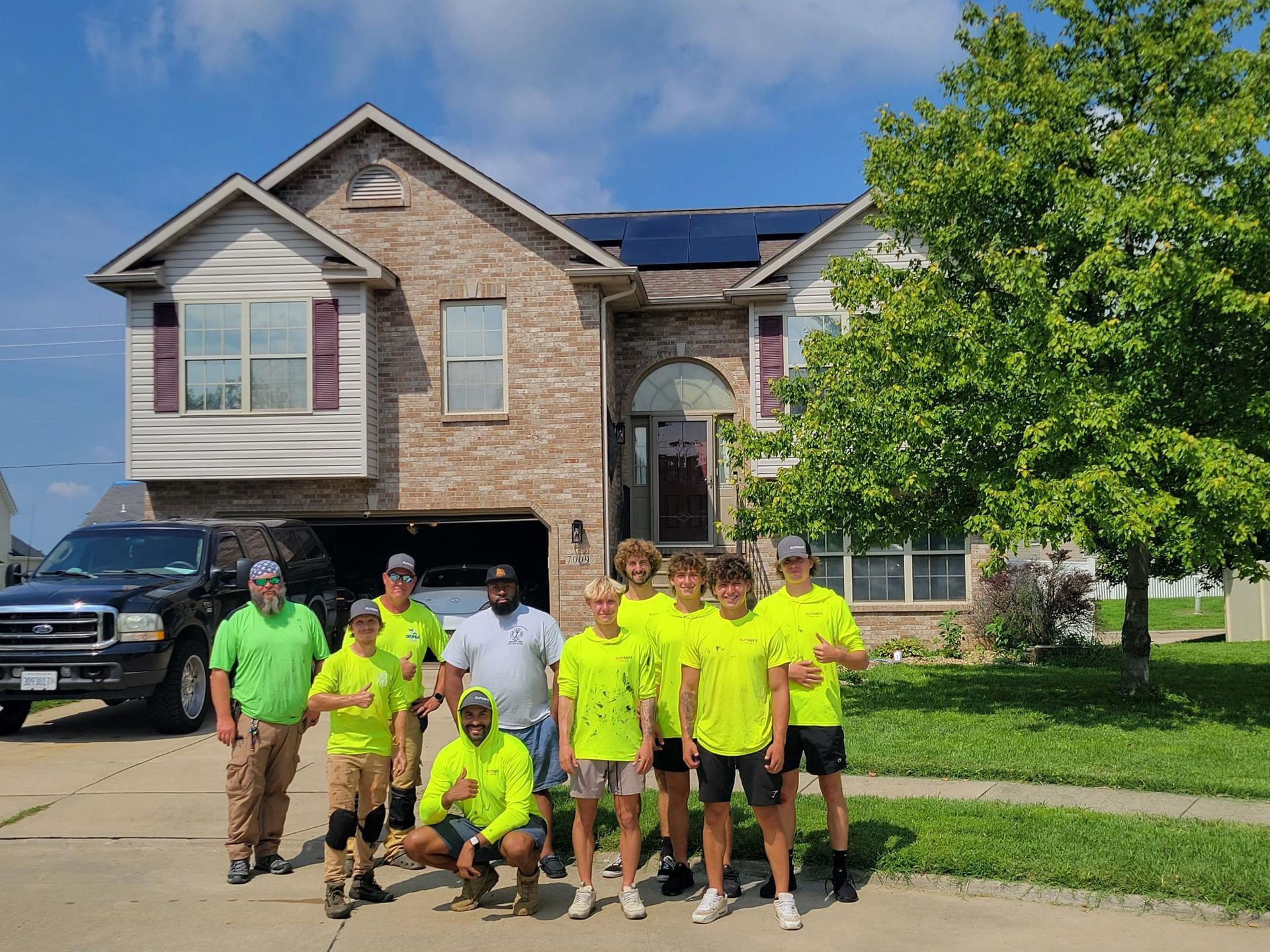A Comprehensive Guide to the Cost of Solar Panels in Illinois
Solar energy is a rapidly growing field, especially in Illinois, where homeowners are increasingly turning to solar power to reduce energy costs and environmental impact. However, understanding the cost structure is crucial before making the switch.
Here the team from SunSent Solar offers an in-depth look at the cost of solar panels in Illinois for 2024, including average costs, types of panels, factors influencing pricing, and additional cost considerations.
Average Cost of Solar Panels in Illinois
The average cost of installing a solar panel system in Illinois typically ranges between $18,604 and $20,548 for a standard 6kW system. These figures represent pre-incentive costs and serve as a baseline for homeowners to gauge their initial investment.
Cost of Solar Panels by Type
When evaluating solar panel costs, the type of panels selected is a significant factor. Here are the common types of solar panels available:
· Thin-Film Solar Panels: Thin-film panels are the least expensive. They are lightweight and versatile but less efficient, requiring more space and panels to produce the same amount of energy as the other types.
· Polycrystalline Solar Panels: Polycrystalline panels are less efficient but more cost-effective than monocrystalline solar panels. These are made from multiple silicon crystals, which makes them less efficient than monocrystalline panels but more affordable for homeowners looking to balance cost and performance.
· Monocrystalline Solar Panels: Known for their high efficiency, monocrystalline panels have become the standard in the industry for both full home and commercial installations. These panels are made from a single silicon crystal, which enhances their performance, making them the most efficient and while more expensive upfront, the highest value over time.
Factors That Determine Solar Panel Costs
Several key factors impact the cost of solar panel installation in Illinois:
· Price per Watt: The price per watt is a primary factor in determining the overall cost. In Illinois, solar panels generally cost between $2.90 and $3.60 per watt, including installation.
· Amount of Sunlight: The efficiency of your solar panels depends on the amount of sunlight they receive. Areas with more sunlight require fewer panels, potentially reducing the overall cost.
· Local Incentives: Illinois offers various incentives that can lower the final cost of solar installations. These include the Illinois Shines program and net metering programs that reward homeowners for generating excess solar energy.
Additional Considerations
When planning a solar panel installation, it's important to account for additional costs beyond the initial setup. Including your solar panels in your home insurance policy provides coverage against potential damage, often resulting in a modest premium increase.
Contact us today for more about the cost of solar panels in Illinois!
If you want more information about solar panel installation in Illinois, the team from SunSent Solar is always here to help. To learn more about solar panel installation, solar panel incentives, and more contact us today by calling (636) 757-3083.
